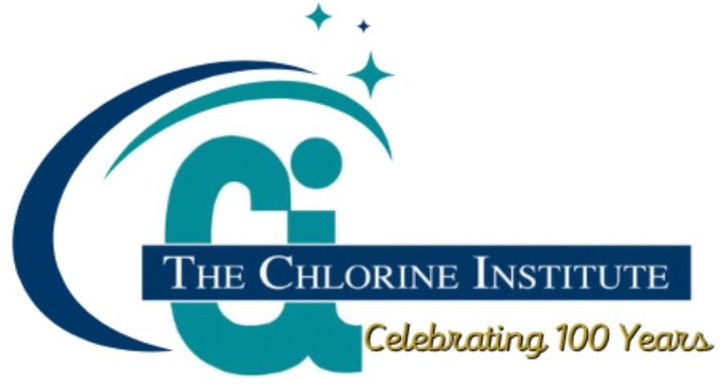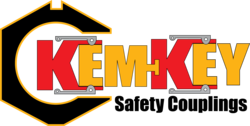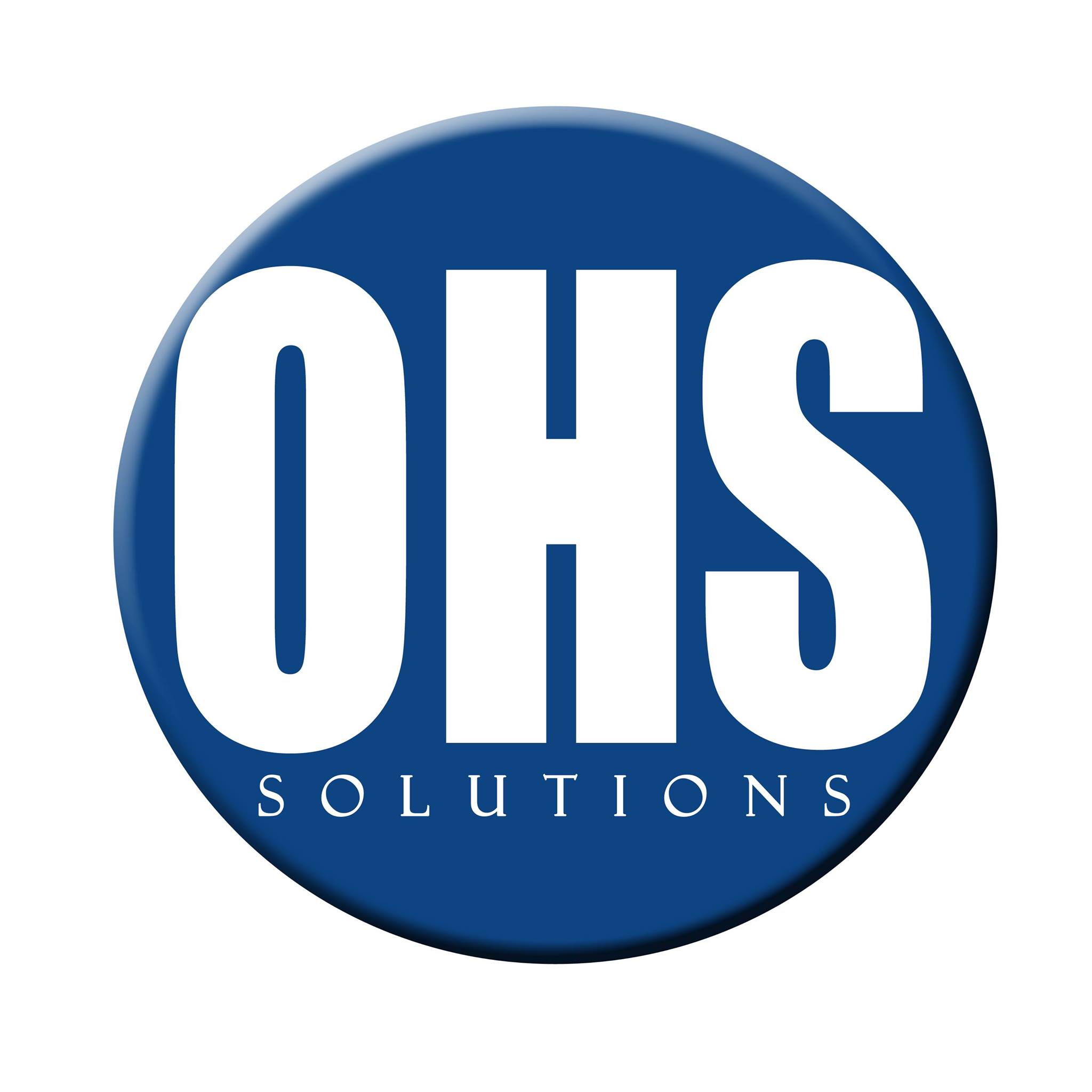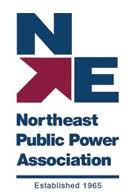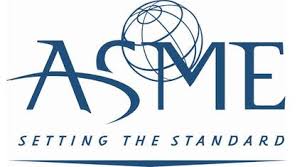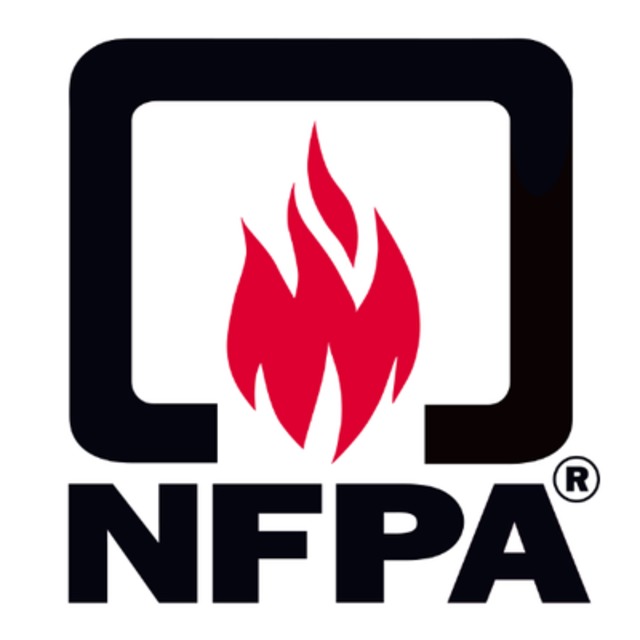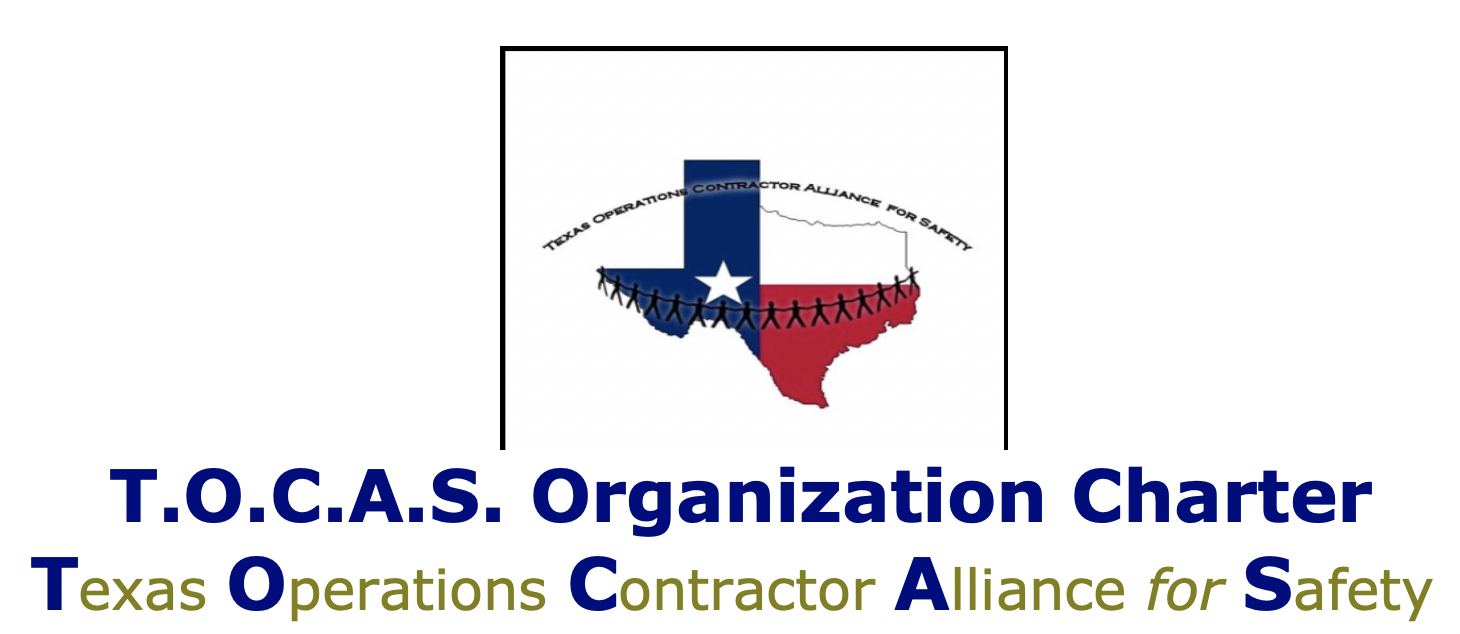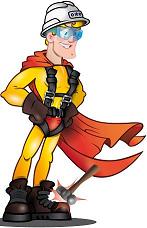I am often asked why I do these publications and how did they get started. Here is the history and reasoning behind the alerts. The year was 1993. Recent graduate and ready to save the world, my first job was at a ink resin plant in SW Louisiana. PSM was red hot as it had just come out the year before. What a great time to be getting into the safety field. PSM really energized the chemical industry and provided some much needed structure to safety efforts in the industry. Of course, my formal schooling did not prepare me for what I was about to jump into. The Westvaco Chemical plant I was at was covered under PSM primarily due to the large quantities of flammable liquids that we processed making our ink resins (we had other smaller toxic covered processes, but toluene ruled the day at this plant). Having a strong fire/HAZMAT background I felt comfortable around flammable liquids, but soon learned just how little I really knew about storing and processing flammable liquids on an industrial scale. It came time in 1994 to do the PHA on the Toluene process. Fresh out of PHA school as a "certified facilitator" I was ready to conquer the process and fix all that was wrong with the world of flammable liquid processing!!! (LOL)
Day 1 of the PHA was a living hell! Each Guide Word and Parameter was "Not Applicable". Operators, maintenance tech's and supervisors basically had the mind set of "that will never happen here" or "the probability of that happening is the same as the world coming to an end". I was at a loss, but my good friend "Roy" came to my aid and began reminding them all of past incidents where things did go awry, and that is when the light went off in my head! I needed to find incidents involving flammable liquids so that I could show the team that "this does happen and here is how it happened". I went to the Internet using search engines to try and find stories of flammable liquid accidents. Keep in mind this was before Google and the pickings were slim, but I was able to find a nice stash of incidents.
The next week I came armed with the incidents and was amazed at how they broke the ice and the team began to discuss what happened and how it could happen at our plant. This was a 180 degree turnaround and I give all the credit to the incidents. Supervisors asked for copies of the incidents to share with their workers, engineers asked for copies to share with process engineers, operators and maintenance techs asked for copies to share with their co-workers. I could not produce them fast enough. I was soon getting requests for specific types of incidents. I began sending out an incident each week to be covered in the weekly safety talks. The incidents quickly expanded from flammable liquids to items such as machine guarding, LOTO, PRCS, Falls, Line Break, HAZMAT, etc.
Over the years at the plant, personnel left to go to other businesses and as they got settled into their new roles, within and outside of Westvaco, they would e-mail me ask as that I add them to my distribution list for the weekly incident alerts. They would, in turn, share them at their plants and I began receiving requests from hundreds of people I did not know to be added to the distribution list. I was seeing such success with this approach, my plant manager suggested that I formalize the e-mails since they are being seen worldwide and were a reflection on Westavaco. I left Westvaco and went to Great Lakes Chemical where I worked for another plant manager who was ALL ABOUT SAFETY and he had actually seen one of my e-mails from a friend of his who forwarded it to him. He loved the idea and he too had suggestions on how to take them to the next level and other topics that should be included. While at GLCC the alerts progressed into a new format and expanded the scope even more.
Needless to say, they have progressed from a crude e-mail among workers at a single plant, to now where they are viewed in 70 countries and have a distribution of tens of thousands of workers at private businesses, public sectors, and governments.
Why do I not give dates, locations, company names, worker names, etc. in the alerts? I actually work very hard NOT TO include the location, company names, worker names, and locations in my summaries that follow each incident news link. Each edition of the alerts cover only incidents that have happened since the edition before. I do this because I would always get a few people in the room to take the position of "that happened there and would never happen in the USA". I truly believe that if it has happened anywhere it can again happen ANYWHERE. The alerts are meant to be a learning tool, to demonstrate that accidents we used to think happened rarely, in fact, happen quite often and in places, we would have never thought possible. If your workers are wanting to know where they occurred, as in what country, then they may be trying to take the position that this will not happen here. I can remember a confined space incident in India where some teen workers died in a molasses tank and I went off on the fact that we are killing teenagers in confined spaces. I received e-mails from many subscribers implying that was "in India and would not happen in many of the industrialized nations". Last year we killed two boys, 14 and 16, inside a grain silo in IL. Don't tell me it will NEVER HAPPEN HERE! That is a mindset that just invites the "risk demons" to visit your plant!
The alerts have always been and I am hopeful they will always be a FREE service so that companies can not use $$ as the excuse not to subscribe to them. Anyone who wants the info can subscribe.
